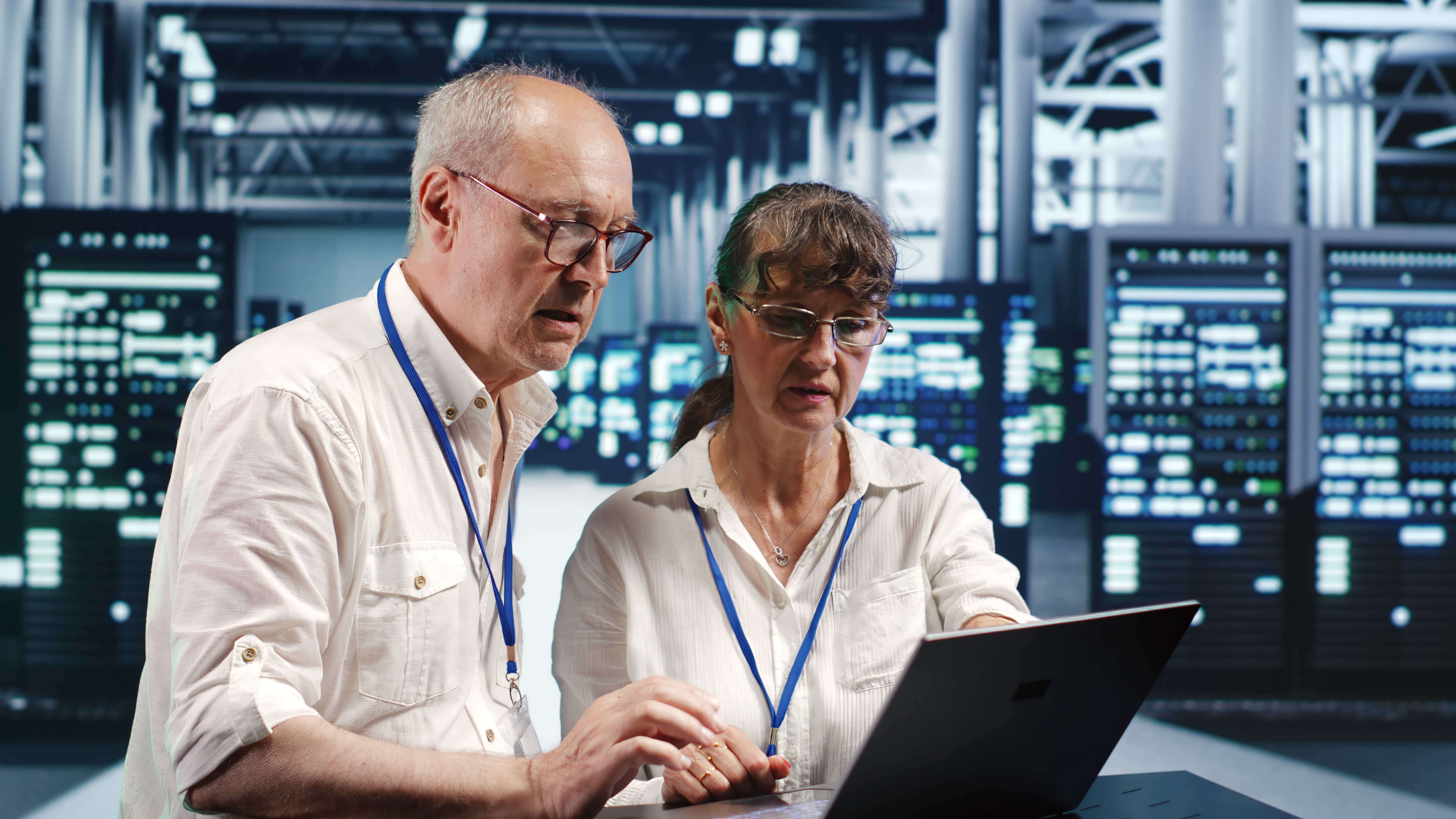With the advancement of technology nowadays companies and sectors are looking for scalable ways to handle data and enhance their functions. Among the technologies shaping this shift are Edge Computing and Cloud Computing each playing roles in, todays IT setup. Although they cater to requirements and provide advantages this piece delves into the variances, between Edge Computing and Cloud Computing examining their perks, applications and potential influences in the days ahead.
What is Cloud Computing?
Cloud Computing enables users to access computing services through the internet cloud instead of using local servers or personal devices to store and process data and run software. Users can store and access data from remote data centers through cloud services without needing extensive physical infrastructure.
Benefits of Cloud Computing:
- Scalability: Resources can be easily scaled based on demand.
- Cost-Efficiency: The pay-as-you-go model means that there is no need to make large upfront investments in hardware.
- Accessibility: Data and applications can be accessed from anywhere with an internet connection.
- Security: Many cloud providers offer robust security features such as encryption and multi-factor authentication.
Examples of Cloud Providers: Amazon Web Services (AWS), Microsoft Azure, and Google Cloud Platform.
What is Edge Computing?
Edge Computing operates by processing data at the point where data originates from sensors and IoT devices and mobile devices instead of depending on cloud servers alone. The technology provides quick data processing and low latency which makes it suitable for applications needing real-time responses.
Benefits of Edge Computing:
- Lower Latency: Data is processed at the “edge” of the network, which means that data does not have to travel to distant cloud servers.
- Efficiency: It minimizes the amount of data that is sent to the cloud, which means that bandwidth is used more efficiently.
- Security: Sensitive data can be processed locally, which means that there is less chance of data breaches during transmission.
Examples of Edge Computing: Autonomous vehicles, smart manufacturing systems, and IoT applications.
Key Differences Between Edge Computing and Cloud Computing
| Criteria | Edge Computing | Cloud Computing |
|---|---|---|
| Data Processing | Data is processed locally, closer to the source | Data is processed in centralized data centers |
| Latency | Low latency due to local processing | Higher latency as data must travel to the cloud |
| Scalability | Limited by the edge devices’ processing power | Highly scalable, resources can be expanded easily |
| Data Security | Enhanced security as data stays within the local network | Relies on cloud security measures, risk during transmission |
| Cost | Initial investment in edge infrastructure. | The pay-as-you-go model provides cost-effectiveness for extensive operations. |
Real-World Use Cases of Edge and Cloud Computing
Cloud Computing Use Case:
- Big Data Processing: Cloud computing is most suitable for processing large amounts of data, for instance, in machine learning or analytics. Centralized cloud environments are well suited to handle large computational demands and process large datasets.
- Content Delivery: Streaming platforms like Netflix or YouTube use cloud computing to store and deliver content to users around the world, and they can handle large volumes of traffic at the same time.

Edge Computing Use Case:
- Autonomous cars can make decisions without needing to wait for data processing, in the cloud because edge computing handles the sensor data in time.
- In the realm of manufacturing industries edge computing plays a role in facilitating the tracking of machinery and production lines resulting in decreased downtime and enhanced productivity.
Advantages of Cloud Computing
- Scalability: The ability to scale up or down makes cloud services suitable for businesses with changing demand levels.
- Flexibility: Cloud computing allows users to access data and applications from anywhere in the world, which makes it suitable for remote teams or global enterprises.
- Cost-Effectiveness: The cloud eliminates the need for businesses to invest heavily in physical infrastructure, as they only pay for what they use.
Advantages of Edge Computing
- The system reduces latency because it processes data as soon as possible after collection which is essential for applications needing fast responses such as autonomous vehicles and real-time industrial monitoring.
- The system uses local processing at the edge to reduce the amount of data that needs cloud transmission which decreases bandwidth usage and costs.
- The local processing capabilities of edge computing enhance data privacy and security because they prevent sensitive information from needing cloud transmission.
When to Choose Edge Computing and When to Choose Cloud Computing
Edge Computing:
- Low-latency and real-time processing requirements demand this architecture for applications like autonomous vehicles and industrial IoT systems.
- The architecture serves applications that require data privacy and security to be handled locally.
Cloud Computing:
- When scalability, cost-efficiency, and global access are essential.
- When you need to process large volumes of data or run complex analytics without the limitation of local infrastructure.
The Future of Edge and Cloud Computing
The future of computing will likely see Edge Computing and Cloud Computing working together rather than competing. The demand for edge computing will increase as 5G networks roll out and IoT devices proliferate. The cloud will continue to play a crucial role in managing large-scale data storage and processing.
Predictions for the Future:
- The integration of Edge Computing with IoT devices will drive instant decision-making across healthcare, manufacturing and autonomous driving sectors.
- Cloud Computing will advance through AI and machine learning developments to deliver more advanced data analysis and automation capabilities.
The choice between Edge Computing and Cloud Computing depends on the particular requirements of a business or application because they provide different advantages. Real-time processing and reduced latency make edge computing suitable for certain applications yet cloud computing provides scalable and cost-effective solutions for large-scale data processing.
The future of computing will benefit from a robust infrastructure because these technologies will continue to evolve by providing complementary solutions.
Sources:

